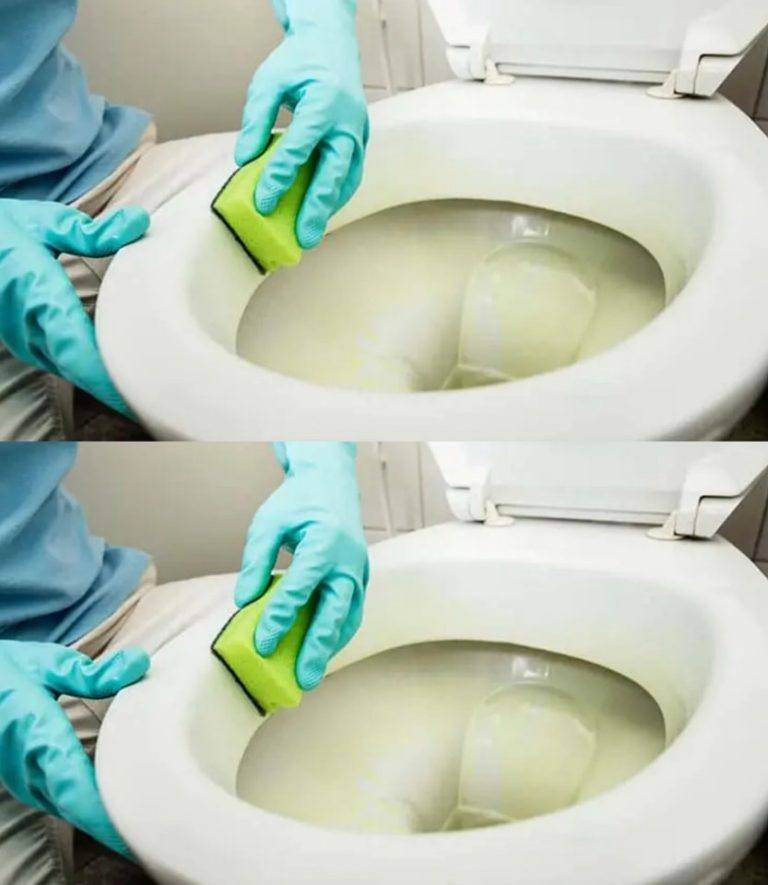ADVERTISEMENT
**How to Remove Limescale Stains from the Toilet Bowl and Make It Like New Again**
Limescale buildup in the toilet bowl is a common problem, especially in homes with hard water. Over time, minerals like calcium and magnesium accumulate and form stubborn, unsightly stains around the toilet bowl. These stains not only detract from the aesthetic of your bathroom but can also cause long-term damage to the porcelain if not treated promptly. Fortunately, there are many effective methods to remove limescale stains from the toilet bowl, restoring it to its original shine without the need for harsh chemicals. This guide will cover the causes of limescale buildup, provide step-by-step instructions on how to remove the stains, and offer additional tips for maintaining a clean toilet in the future.
—
### **What is Limescale and Why Does It Build Up in the Toilet?**
Limescale is a hard, chalky deposit that forms when mineral-rich water evaporates. It primarily consists of calcium carbonate, though magnesium and other minerals can also contribute. Hard water, which is water that has a high mineral content, is the main culprit behind limescale deposits. As the hard water is used in your toilet, the minerals remain behind when the water evaporates, leading to the formation of limescale. Over time, these deposits build up and can become difficult to remove.
Limescale stains in toilets are particularly troublesome because they often occur below the waterline, where they are hard to reach and clean. As the minerals accumulate, they create rough patches on the porcelain surface, which can make it easier for dirt, bacteria, and mold to settle in, worsening the stain. Additionally, limescale buildup can cause your toilet to lose its shine and contribute to a less-than-pleasant smell if not properly managed.
—
### **Signs of Limescale Buildup in the Toilet**
Before you start cleaning, it’s important to know how to identify limescale buildup in your toilet. The following signs can help you spot the problem:
1. **White, Chalky Stains**: Limescale appears as a white, cloudy, or chalky residue that forms in streaks or spots around the toilet bowl, especially below the waterline.
2. **Rough Surface**: The buildup can create a rough texture on the toilet bowl, making it harder to clean and potentially allowing more dirt to accumulate.
3. **Odor**: If not cleaned regularly, limescale buildup can cause unpleasant smells due to mold, mildew, and bacteria growth.
If you notice any of these signs, it’s time to take action to remove the limescale and restore the toilet to its former glory.
—
### **Step-by-Step Guide to Removing Limescale Stains from the Toilet Bowl**
There are several effective methods to remove limescale from the toilet bowl, ranging from natural household remedies to commercial products. Below, we’ll walk you through both the natural and chemical solutions that can help you remove limescale and make your toilet bowl look brand new.
#### **Method 1: Using Vinegar and Baking Soda**
**Materials Needed**:
– White vinegar
– Baking soda
– Toilet brush
– Gloves (optional)
For Complete Cooking STEPS Please Head On Over To Next Page Or Open button (>) and don’t forget to SHARE with your Facebook friends
